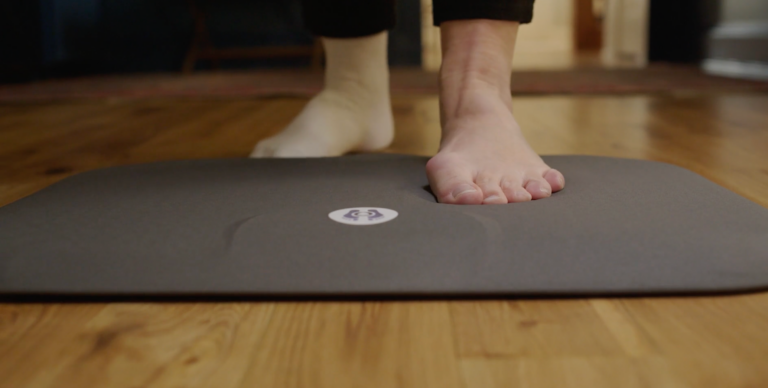More than 80% of recurrent diabetic foot ulcers occur to anatomy without prior wound history
SOMERVILLE, Mass., January 15, 2020 — Podimetrics, a care management company with the leading solution to help prevent costly and deadly diabetic foot ulcers (DFU), today announced new research which found 48 percent of patients who previously had a DFU experienced recurrence in the opposite foot, while 35 percent of DFU recurred at a different location on the same foot. This peer-reviewed study, published in the Journal of Foot and Ankle Research, underscores the importance of monitoring both feet to prevent DFU recurrence.
“Before this study we did not realize how commonly diabetic foot ulcers recurred in the contralateral foot for patients in diabetic foot remission,” said Dr. David G. Armstrong, the study’s senior author, professor of surgery at the University of Southern California, and founder and co-director of the Southwestern Academic Limb Salvage Alliance. “This work makes it abundantly clear that we have to redouble our efforts to step back and monitor not only the spot that has just healed, but also the entirety of both feet during healing and once our patient is in remission.”
The study highlights that patients being treated for a diabetic foot ulcer have a high rate of recurrence to the unwounded foot (0.2 DFU/ulcer-year). Last year Podimetrics announced a new method that accurately predicts diabetic foot complications in patients with only one foot available for monitoring due to prior amputation or ongoing treatment of a wound. The algorithm predicted 91 percent of foot ulcers nearly six weeks earlier than would be otherwise possible, allowing for patients being treated for a DFU to continue monitoring on their sound foot as part of preventive care.
The researchers highlighted several important implications for DFU prevention. For instance, DFU risk factors often include peripheral neuropathy and peripheral arterial disease which typically affect both limbs. Preventive care should consider both available feet rather than being limited only to parts of the foot with previous complications. Patients and caregivers must be educated appropriately on daily monitoring best practices, and providers should pay attention to both feet, regardless if one has a wound present. These best practices have the potential to improve preventative care methods for those in diabetic foot remission.
“Our mission at Podimetrics is to improve patient lives through the early detection and prevention of diabetic foot ulcers,” said Brian Petersen, Chief Scientific Officer at Podimetrics and lead author of the study. “This research provides key insights that can enable better preventative foot care for high-risk patients.”
In this study, the researchers collected data from a multicenter trial with 129 participants in diabetic foot remission. Upon enrollment, the anatomical locations of previous DFU were established. Participants completed 34 weeks of the study, conducting daily self-exams using the Podimetrics SmartMat™, and noting if they had a lesion. Participants were contacted during months two and four and were asked if there was any change to either foot. At the end of the 34 weeks, participants were evaluated for lesions and wounds. Participants documented wounds to approximately 2 distinct anatomical locations on average, and more than 60% of participants had wounds to more than one plantar location by the end of the study, suggesting the significant burden of DFU recurrence to patients.
Early detection of diabetic foot complications is critical given the scale and costs associated. Lower-limb related problems represent one-third of the $245 billion spent on diabetes each year in the U.S. More than 1 million diabetic foot ulcers are diagnosed annually and they have a devastating effect on patients’ lives, leading to debilitating injuries and even amputations, which can cost more than $100,000 each. Diabetic foot ulcer prevention efforts must continue to mitigate this issue.
Podimetrics was founded in 2011 by a physician, engineers, and graduates from MIT and Harvard. Its SmartMats™ are FDA-cleared, have the American Podiatric Medical Association Seal of Approval, and are manufactured in Massachusetts.
About Podimetrics Podimetrics is a care management company with the leading solution to help prevent diabetic foot ulcers (DFU), one of the most debilitating and costly complications of diabetes. On behalf of payers and at-risk providers, we send high-risk patients our FDA-cleared, cellular-connected SmartMat™. After placing their feet on the mat for just 20 seconds a day, patients’ data are automatically sent to our care management team that helps address any concerning findings. By combining cutting-edge technology with best-in-class care management, Podimetrics earns high engagement rates from patients and allows clinicians to achieve unparalleled outcomes




